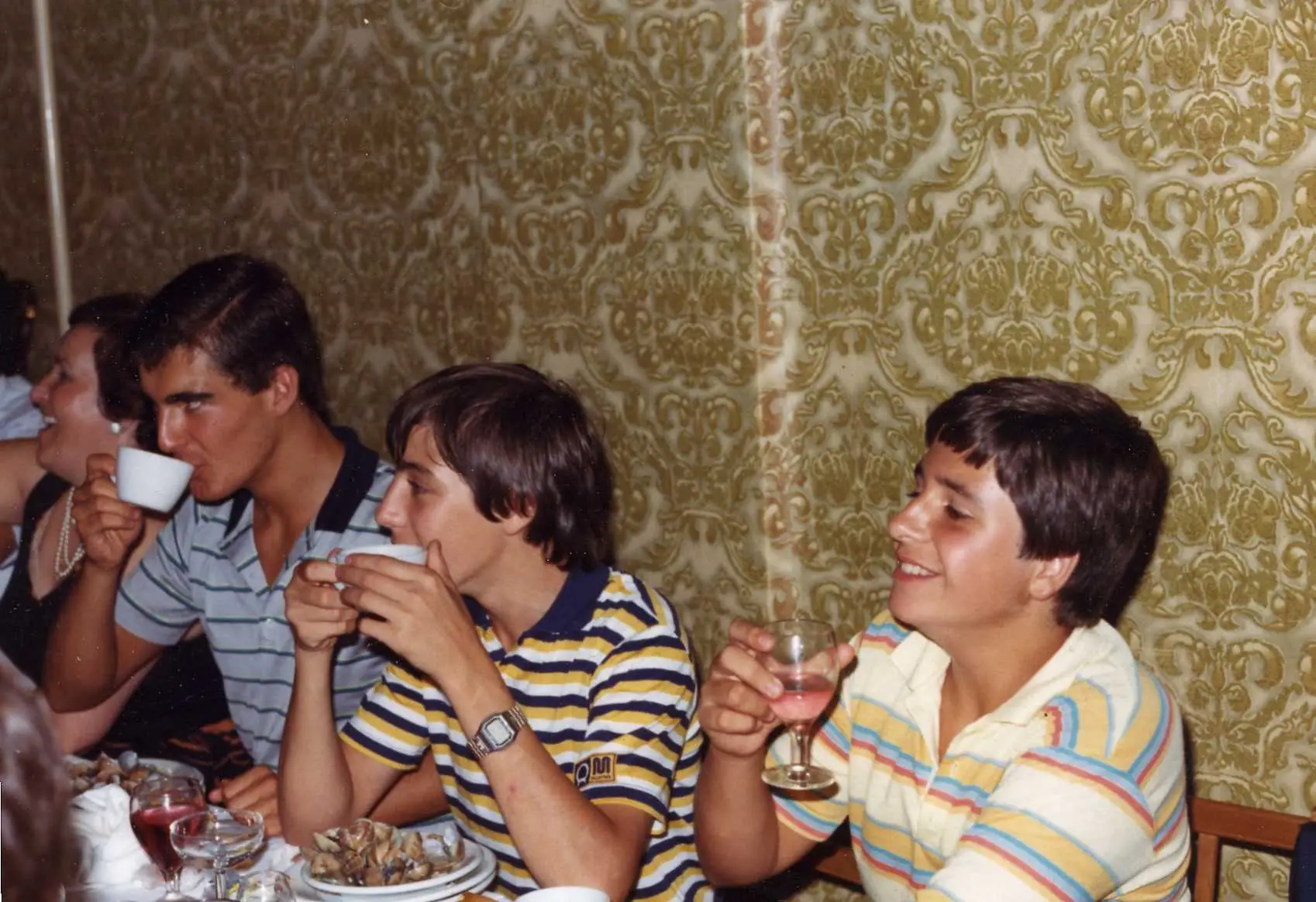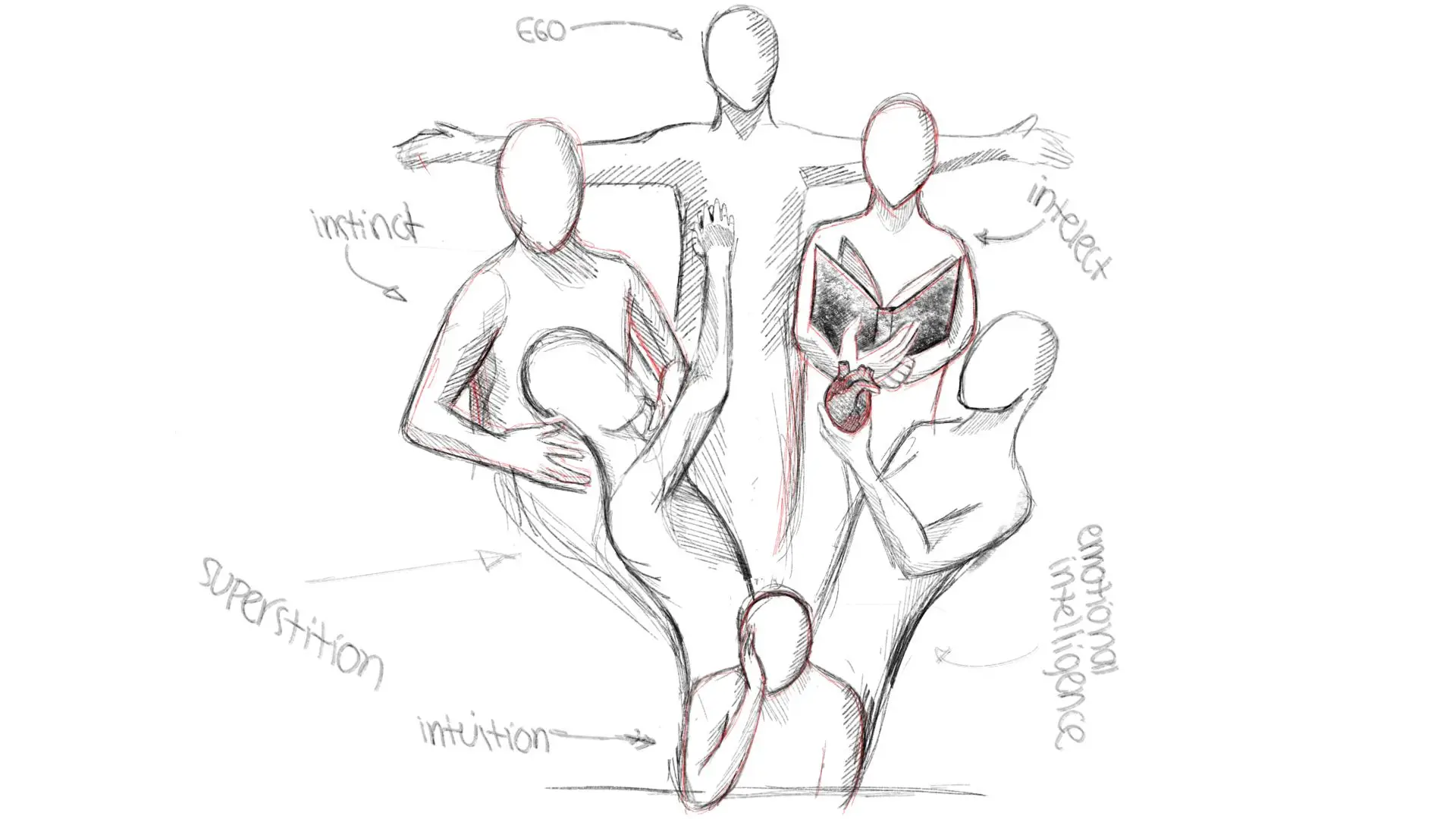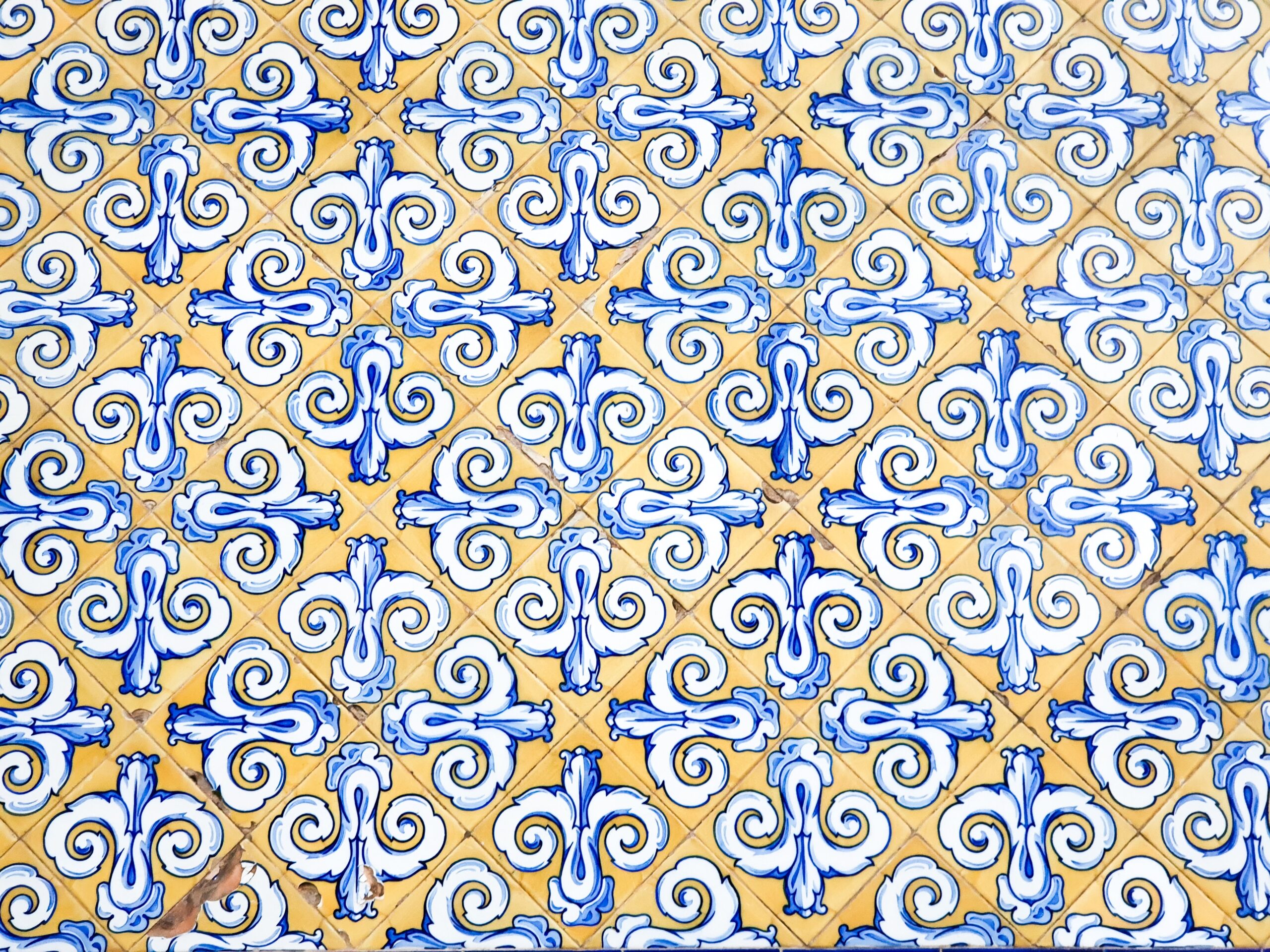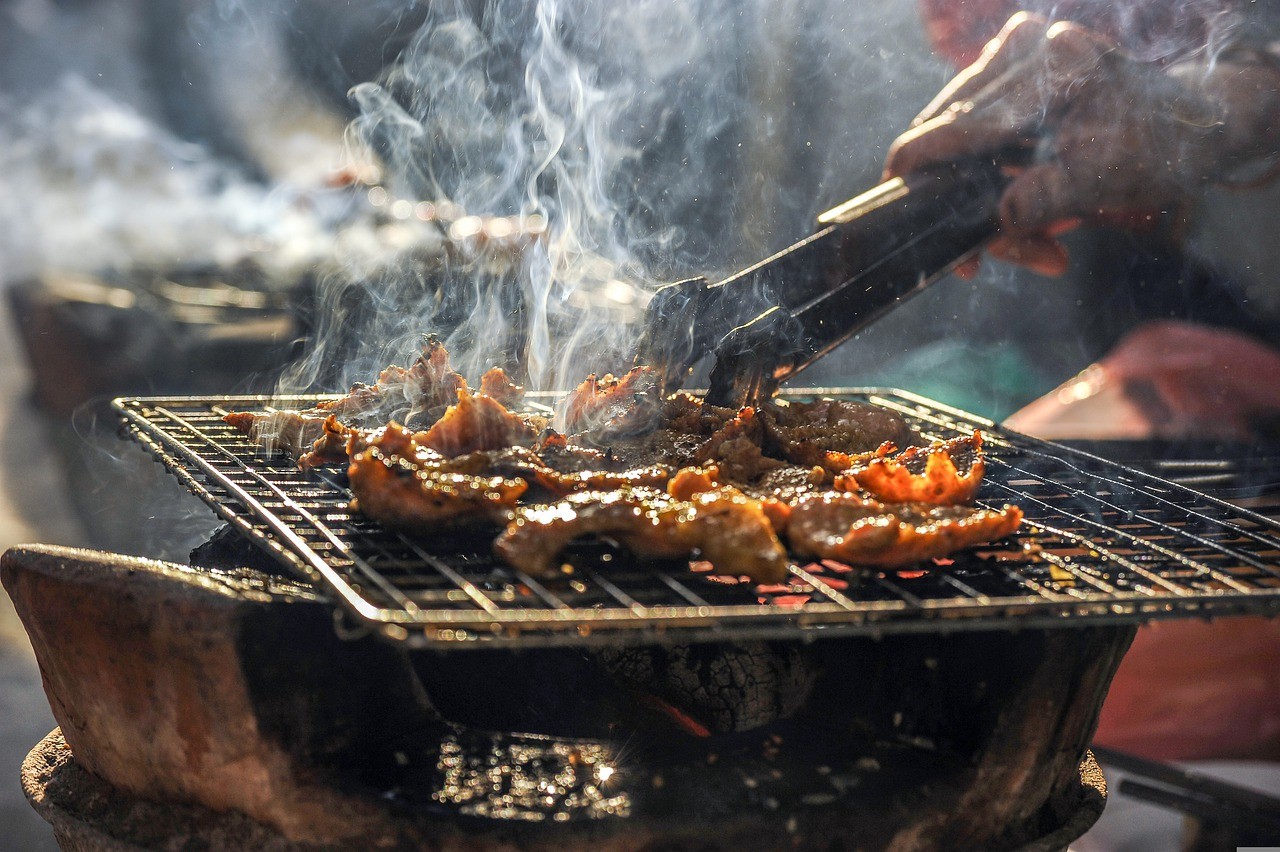Gastro-thrillers are already a reality. With “Hierve” hitting the streaming platforms and leaving a significant impact on Spanish audiences, it was no surprise that similar concepts would be reinterpreted. Flux Gourmet starts from the same point, but the flight undertaken takes a completely different direction. Being a film detached from all the canonical structures that a project aimed at commercial streaming platforms constitutes. It plays, in a mischievous and deceitful way, with all the elements that structure the composition. The script, the character development, and the art direction. Leaving no room whatsoever for any traditional composition. In this case, the promises that should be displayed by the creator do not exist, the progress is diffuse and the plot, disconcerting. Our relationship was neither monogamous nor loyal nor stable. But beware, that does not make it any less fun.
The brief synopsis decants “Set in an institute dedicated to culinary and food spectacle, a collective becomes embroiled in power struggles, artistic vendettas, and gastrointestinal disorders”. It is a film dedicated to exploring the concept of “sonic cuisine” within an artistic residency. Lots of food, slow steps in the garden, erotic experiences with eggs, discussions about wealthy tables, and the use of flangers, among others. The composition of the plots seems like a confusing orgy. You are surrounded by many stimuli, and you don’t know where to put your attention. You just lie back, close your eyes and enjoy. The feast begins with the arrival of an outsider, charged with documenting the creative process of the artists at the institute. The film takes us, at times by the hand and at others pushing us into darkness, through the outsider’s point of view. We almost get inside his mind and, in a way, we feel him. His arrival makes noise because thanks to his personality he breaks a little with the artistic but paradigmatic structure that constitutes the intellectual lines of this space.
Not having a linear narrative, identifying plots is confusing. They are hidden behind extended shots, loud noises, fluorescent colors, prolonged silences, and endless cacophonies. It seems as if the director doesn’t want us to pay attention to these elements. Despite his best efforts, the fall becomes the main chord of this story. From the top to the bottom of the pit. Here, the destruction of everything the protagonist has achieved is contemplated. Formal theory about plot elements says, however, that such a descent is due to the character’s negative behavior that he is unable to master and ends with everything he has achieved. False. It is inevitable that tradition will always creep in. However, Peter Strickland (the director) refused to allow even the slightest hint of hermeticism, replication, or prior knowledge of how to generate a traditional film to have any place in this story. Yes, it constitutes a psycho-emotional descent of the character. But at no time was this decline brought about by any negative behavior on his part. Like many things in life. We are presented with noble characters who are entangled in situations where darkness consumes them, without any previous indication that opens a prologue to such an outcome. A micro utopia built and destroyed in just a matter of seconds. Karma has no place here. It is a clear representation of something our parents repeat to us since the day we were born: life is unfair.
As the film progresses, the powerful influence of other plots is felt. However, with the same force they arrive is with which they leave. Revenge, love, rivalry and the price of excess. Basic tonics that characterize an elitist art scene. In this academy the walls listen, the doorknobs have eyes and the conversations leave you with more questions than answers. I found it interesting that, during the development of the film, the initial character gets involved in this universe, feeling coerced in many occasions to configure his way of thinking and expressing himself. The obstacles presented throughout the film arise as a result of the aforementioned subplots. However, as the screening continued, the viewer fervently hopes that such reprisals will have some positive effect, however slight it may be. It takes a glimmer of hope, a minimal belief that our character is going to overcome expectations and fulfill the promise of his evolution. But no, the movie not only takes care not to give it to you, but it also makes sure to put all the possibilities for a promotion right on the tip of your tongue. And with the rapidity with which these emotions enter, any opening to a remotely positive scenario vanishes.
An important characteristic that needs to be rescued in this project is the spaces presented where other types of gastronomy are being developed. It enhances the realization some acts from the gastronomic sphere have been trying to communicate throughout the years, that being the possibility of presenting scenarios were the lines that separate notions such as technology, gastronomy, engineering of sounds, use of raw materials, and flaring performances are so indiscernible the audience lacks a label regarding the product or space they’re getting involved into. Throughout the years, these areas have been gaining more attention, either by being merged with other complex territories such as art residencies or by creating something from scratch, as a result of profound transdisciplinary work. Works from artists such as Marilje Vogelzang or artistic residences such as La Becque create programs for artists to get in touch with different elements of the gastro-sphere. It is not only necessary but encouraged that we as an audience at least, dip a toe in these unencountered lakes. Being this a space to proliferate knowledge, I hearten you to take a look at the references presented at the end of this written, it will help to solidify the train of thought that gastronomy, being a form of art, can carefully be extrapolated to other disciplines and generate echo in newfound territories. It opens a box of possibilities, that if found by some profiles that are already long-lasting residents in the culinary world, can add a certain and most of all, different type of depth that manages to create a hybrid profile this territory so desperately needs. Artists who see the world, feel the world, and put that feeling into something bigger than all of us.
References:
https://www.youtube.com/watch?v=dgxGT4C7CMw&t=832s – Marije Volgezang (Dutch food designer and creative performer)
https://ubu.com/film/gmc_food.html – Gordon Matta Clark’s legendary SoHo restaurant and artists’ cooperative Food, which opened in 1971.
https://www.miseenplace.info/cooks – Collaboration between Switzerland’s acts La Becque’s (artist residency) and Deli Social (experimental culinary center).
https://www.tibericlub.com/ – Organization that runs private events and art installations through the act of eating.

